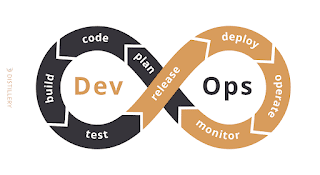SEO

The Ultimate Guide to Search Engine Optimization (SEO) Search Engine Optimization (SEO) is a critical component of any successful online presence. In this comprehensive guide, we'll walk you through the fundamental principles of SEO and provide practical tips to help you improve your website's visibility in search engine results. 1. Understanding SEO: Learn the basics of SEO and how search engines work. Discover the importance of keywords, on-page optimization, link building, and user experience in ranking high in search results. 2. On-Page Optimization: Optimize your web pages for search engines by incorporating keywords strategically in your titles, headings, meta descriptions, and content. Understand the importance of URL structure, image optimization, and internal linking for better SEO. 3. Technical SEO: Ensure your website is technically sound for optimal search engine visibility. Learn about factors such as site speed, mobi...




